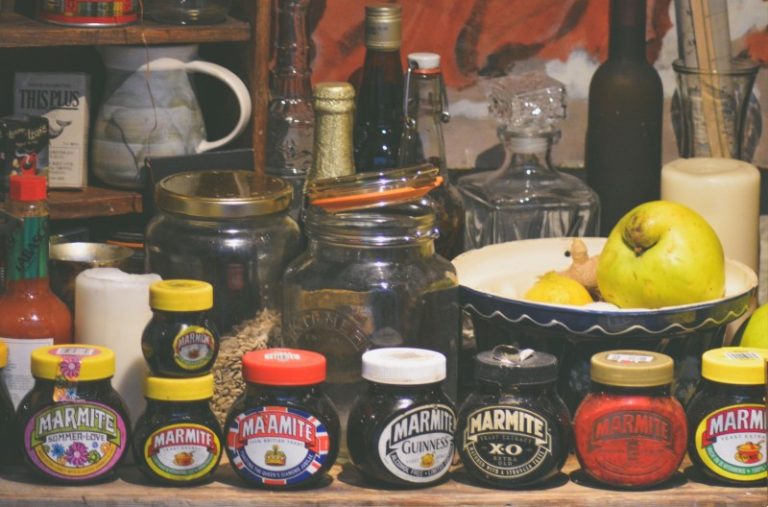How to Grow, Cut, Trim and Prepare A Globe Artichoke
Artichokes can be grown very effectively from seed, but the best way for you to start growing them is to buy plants from a specialist plant nursery. You can then take offset cuttings from existing plants, in order to propagate new plants.
Remember these words of caution: artichokes belong to the thistle family, and they need lots of space. They will require plenty of space between each plant from the very day of planting, and you will need plenty of space also to harvest them. Wear gardening gloves, as like all thistles, when you try to cut one they will cut you instead. Know thine enemy, I say.
Three good varieties are Green Globe, Gros Vert de Leon and Violetto Precoce, which are purple flowering.
When you buy a plant that is more than one year old, there will be young shoots growing from the sides. These can be cut away from the main root of the parent plant with a sharp knife, and re-potted in their own gritty, soil based compost. Artichokes like a rich, well drained soil in full sun. They are not really frost hardy and you will have to cover them with fleece or straw from November to April. If you mulch them with ash from your wood burning stove or fireplace this will add potash to your soil and also deter slugs and snails.
Wait a few years before you start harvesting your globe artichokes for food. Snip the globes off while they are still quite small in the spring. This will enable the plant to establish a strong root system, rather than wasting precious nutrients in making big globes.
In the second and third years you will be rewarded with a good harvest, and with that you can make artichoke salad, with fresh, raw slithers of artichoke heart, drizzled with olive oil and fresh lemon juice. They go very well indeed served with rucola and grated Parmiggiano Reggiano, in risotti, in soups, with scrambled eggs and also just boiled and served with melted butter.
If you wish to trim an artichoke, to get its heart, then this is a simple procedure, accompanied by photographs. You can trim the artichoke head so that you are left with the whole heart in one piece, but I find that it is much simpler to do it in smaller pieces. I am an arthritic gardener, not a chef.
My favourite way of trimming and cutting an artichoke heart
1. When you have harvested your artichoke place it on your work board. Avail yourself of a large cook’s knife (15 cm in length) and a smaller cook’s knife (6 cm in length). Have a bowl of fresh acidulated, or lemony, water at the ready. Globe artichokes, like avocados and bananas, contain a great deal of iron, and as a result will darken and become blackened if you do not put them in a citric acid and water solution.
2. Cut the artichoke head in half, using your larger kitchen knife, as shown in the photograph. Turn one half face down on the board. Cut the other half in half again, and then cut off the top of the hard leaves, leaving the bottom heart section, where the fluffy choke is, intact.
3. Now, using the smaller knife, insert the blade just under the fluffy choke section, where the heart of the artichoke is, and slice it off. Make sure you remove all the choke.
Now trim round the heart section, so that you are only left with pale, soft heart flesh. Place the heart sections in the lemony water.
4. Repeat this process, until you have sliced all the heart sections and removed all the chokes. You will see that there is a great deal of waste with regards to trimming artichokes, but it can all be placed on the compost heap, and what is left is truly delicious.

